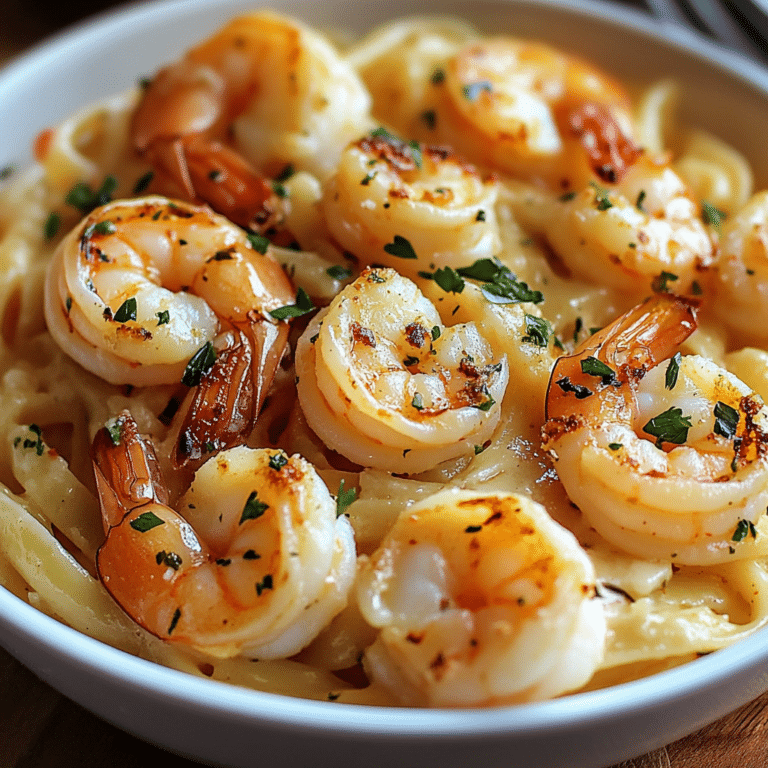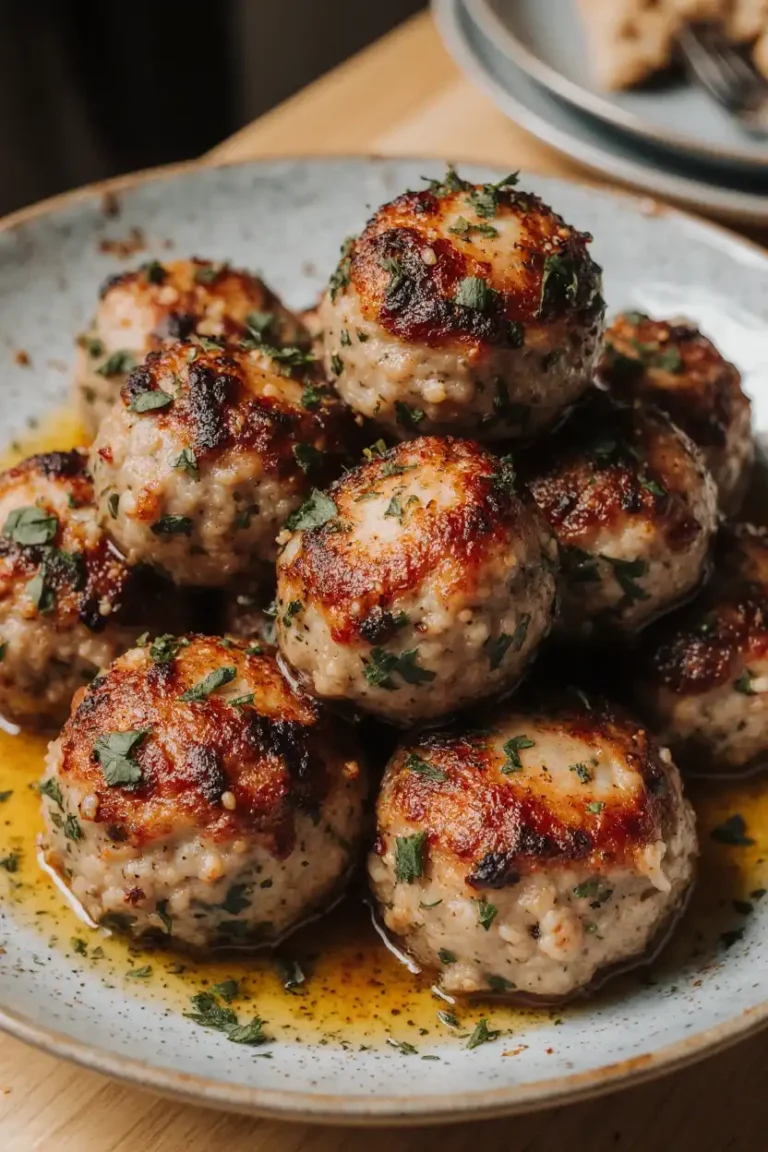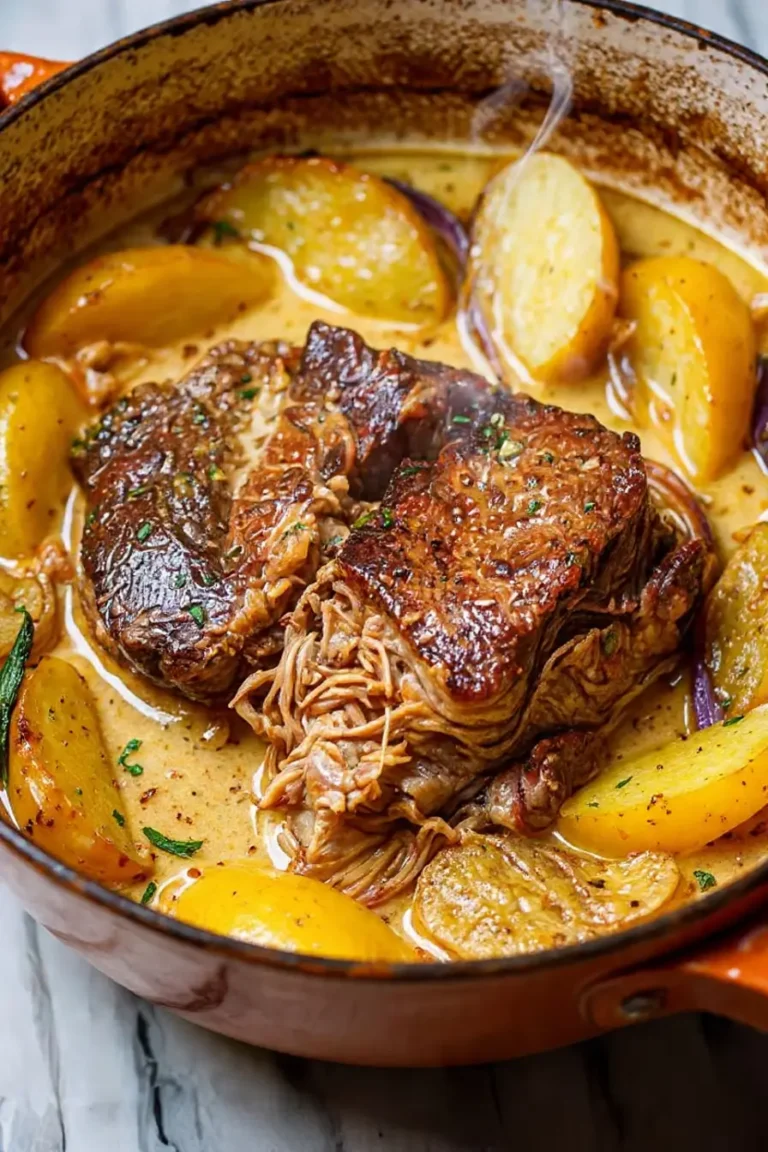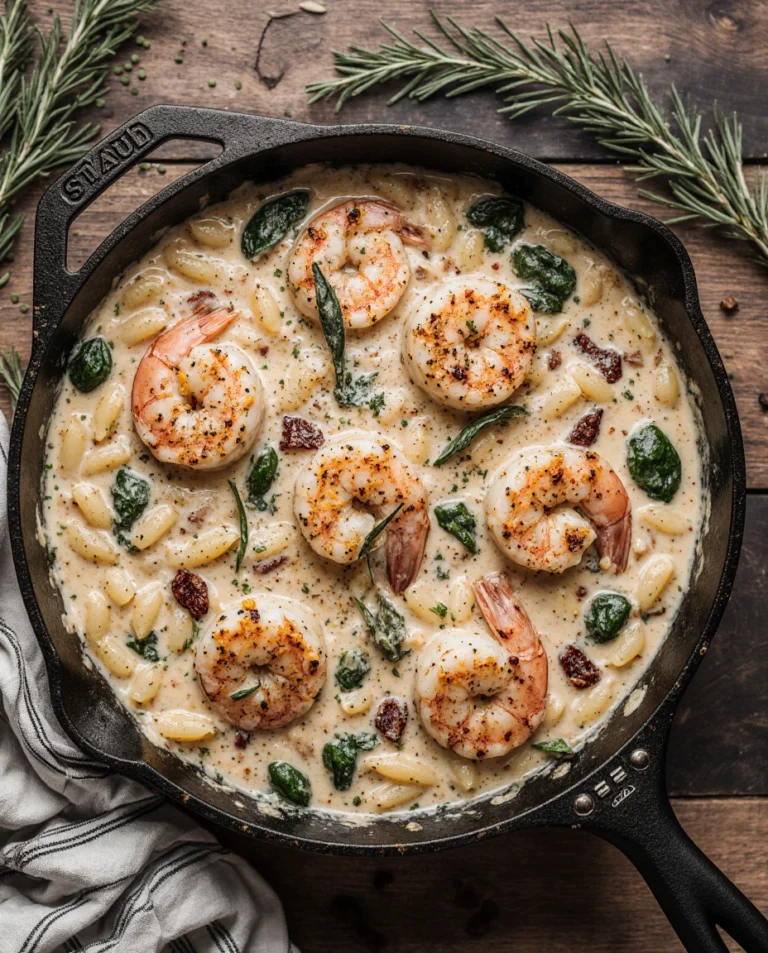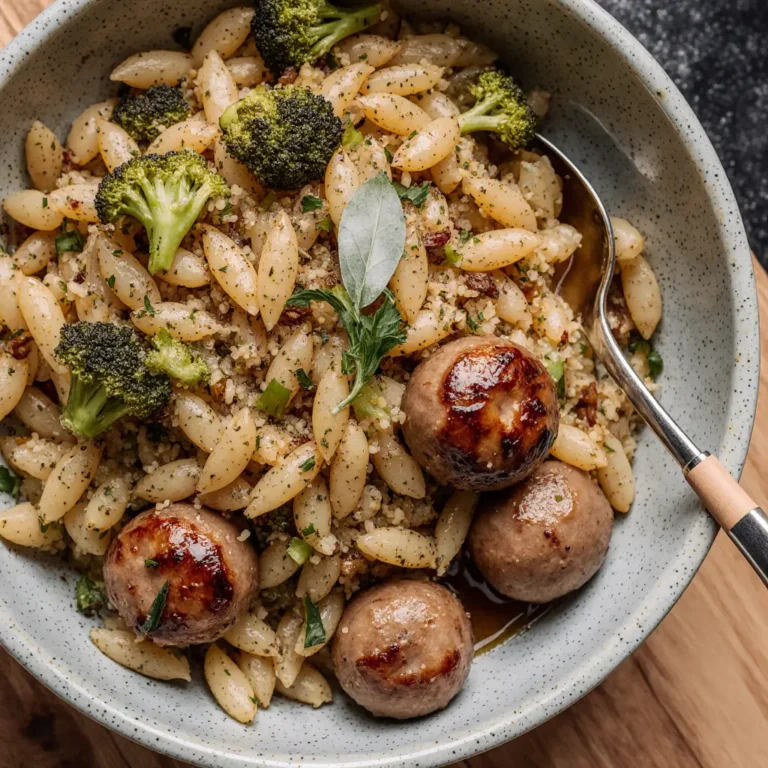Easy and Delicious Mashed Potatoes for Perfect Comfort Food
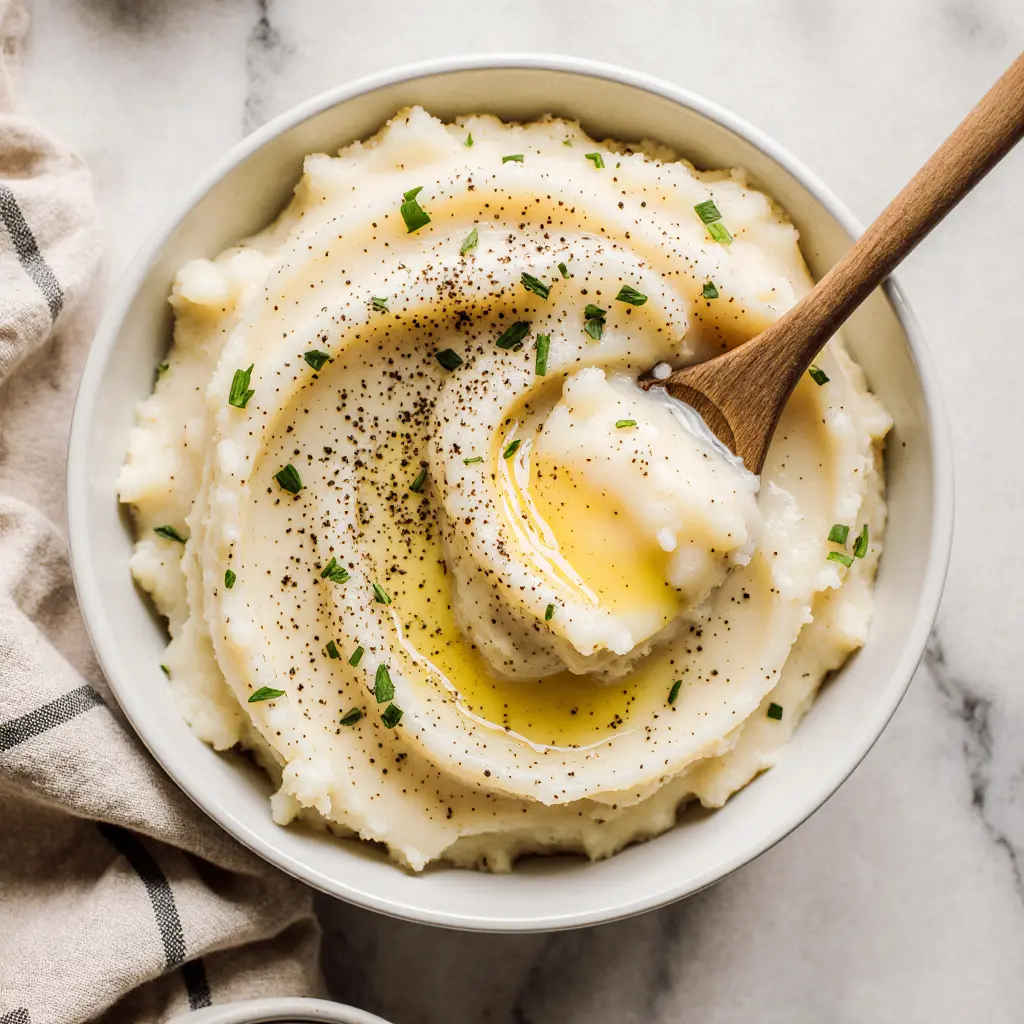
Easy and Delicious Mashed Potatoes for Perfect Comfort Food
Have you ever wondered what makes mashed potatoes the ultimate comfort food? Despite their simplicity, many people struggle to get that creamy, fluffy texture that melts in your mouth. Often, the challenge lies in the preparation techniques or the wrong choice of potatoes. With this easy and delicious mashed potatoes recipe, you can effortlessly elevate this classic dish to perfection every time.
Mashed potatoes are more than just a starchy side; they’re a nostalgic plate of warmth and satisfaction that complements countless meals. Let’s dive into a foolproof guide to mastering this timeless comfort food staple, ensuring you achieve the smoothest, creamiest results that your family and friends will love.
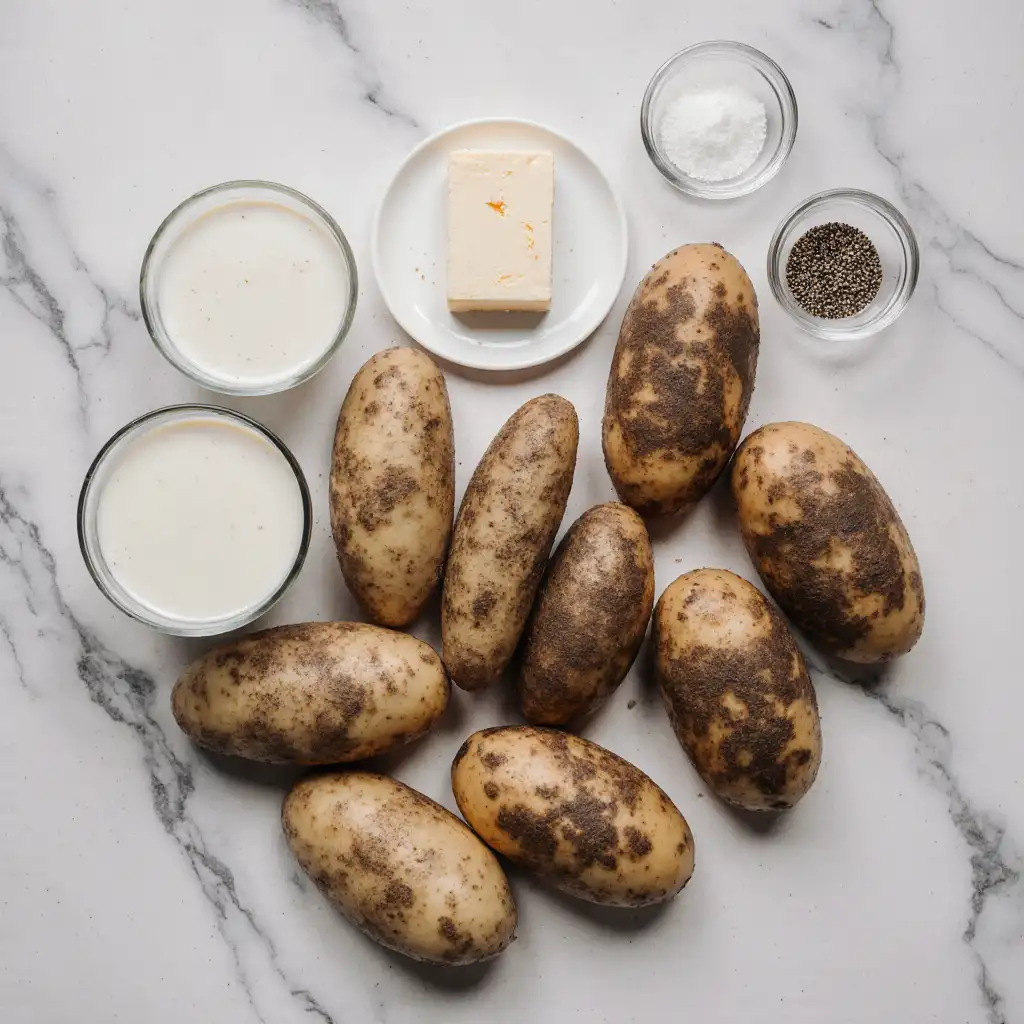
Ingredients List
To create irresistibly smooth mashed potatoes, quality ingredients are key. Here’s what you’ll need along with some substitution tips for dietary preferences:
– 2 pounds Yukon Gold potatoes (or Russet potatoes for fluffier texture)
– 4 tablespoons unsalted butter (use olive oil for a dairy-free alternative)
– 1/2 cup whole milk, warmed (coconut milk or almond milk for vegan options)
– Salt to taste (sea salt or Himalayan pink salt work well)
– Freshly ground black pepper
– Optional: 2 cloves garlic (roasted or minced), 1/4 cup sour cream or Greek yogurt for extra tang and creaminess
Substitutions:
– For low-fat diets, replace butter with light margarine or skip entirely.
– Use lactose-free milk or plant-based milk to accommodate lactose intolerance.
– Add fresh herbs like chives or parsley for added flavor without calories.
Timing
– Prep time: 10 minutes
– Cook time: 20-25 minutes
– Total time: Approximately 35 minutes
The preparation process is wonderfully tactile — peeling and slicing potatoes feels simple yet rewarding; you’ll notice the steam rising as they boil, signaling the transformation about to begin. The smell of warming milk and melted butter combines to create an inviting kitchen atmosphere that prepares you for the cozy meal to come.
Step-by-Step Instructions
Step 1: Prepare and Peel the Potatoes
Start by peeling your potatoes; Yukon Gold is ideal because it has a buttery texture that mashes easily without becoming gluey. Cut them into even chunks—about 1.5 inches—so they cook evenly.
Chef’s Tip: Leaving a little skin on adds texture and nutrients, especially if using organic potatoes.
Step 2: Boil Until Tender
Place the potato chunks in a large pot and cover them with cold water to start. Bring to a boil over high heat, then reduce to medium-low and simmer until the potatoes are fork-tender—about 15-20 minutes.
Chef’s Tip: Adding a pinch of salt to the boiling water helps season the potatoes from within.
Step 3: Drain and Dry
Drain the potatoes well in a colander and return them to the hot pot. Place over low heat and gently stir for 1-2 minutes to evaporate excess moisture, ensuring a fluffy finish.
Step 4: Mash with Butter and Milk
Use a potato masher or ricer for best results. Gradually add softened butter and warm milk while mashing until creamy and light. Adjust salt and pepper to taste.
Chef’s Tip: For ultra-smooth mashed potatoes, consider using a handheld mixer but avoid overmixing to prevent a glue-like texture.
Step 5: Add Optional Flavors
If desired, fold in sour cream, garlic, or herbs at this stage for an extra depth of flavor.
Nutritional Information
Here’s a breakdown per serving (based on 6 servings):
– Calories: ~180 kcal
– Carbohydrates: 30g
– Protein: 3g
– Fat: 6g
– Saturated Fat: 3.5g
– Fiber: 2g
– Sodium: 250mg
This classic side dish is a good source of potassium and vitamin C, making it both comforting and nourishing.
Healthier Alternatives
If you want to make mashed potatoes even healthier, consider these swaps:
– Use olive oil or avocado oil instead of butter to add heart-healthy fats.
– Swap whole milk for unsweetened almond or oat milk for fewer calories.
– Mix in cauliflower with potatoes to reduce carbs while keeping creaminess.
– Add Greek yogurt in place of sour cream for a protein boost.
These adjustments don’t just lighten the dish; they enhance its nutritional profile without sacrificing taste.
Serving Suggestions
Mashed potatoes pair beautifully with a variety of dishes and can be dressed up seasonally:
– Serve alongside roasted turkey or chicken with cranberry sauce for a festive holiday meal.
– Add a dollop of garlicky sautéed mushrooms and herbs to embrace autumn flavors.
– Complement grilled salmon and steamed veggies for a simple weeknight dinner.
– Top with melted cheddar and scallions for a loaded potato-inspired comfort plate.
Don’t forget a sprinkle of fresh parsley or chives for a pop of color and freshness.
Common Mistakes to Avoid
– Overcooking potatoes: Can lead to waterlogged mash. Check tenderness early.
– Using cold milk and butter: Can cool down mashed potatoes and affect texture. Warm ingredients blend better.
– Overmixing: Creates a gummy, dense texture instead of fluffy mash.
– Skipping the drying step: Leaving potatoes too wet dilutes flavor and firmness.
– Using the wrong potato: Waxy potatoes like red potatoes tend to be too dense and heavy.
Avoiding these pitfalls ensures consistently delicious results.
Storing Tips
Leftover mashed potatoes store well when refrigerated:
– Place in an airtight container and consume within 3-4 days.
– To reheat, warm gently on the stovetop or microwave in short bursts, stirring frequently.
– Add a splash of milk or broth while reheating to restore creaminess.
You can also freeze mashed potatoes for up to 2 months, but expect some texture changes. Thaw thoroughly before reheating.
Conclusion
Mastering easy and delicious mashed potatoes is all about the right ingredients, proper technique, and a few expert tips. With this guide, you’re set to create a dish that’s creamy, fluffy, and comfort-food perfect every time. Have you tried making mashed potatoes your way? Share your tips and thoughts in the comments below, or subscribe for more comforting recipes delivered straight to your inbox!
FAQs
Q: Can I use a food processor to mash potatoes?
A: It’s best to avoid food processors, as they tend to overwork the potatoes, turning them gummy. Use a potato masher, ricer, or handheld mixer instead.
Q: How do I keep mashed potatoes warm for a long time?
A: Store them in a slow cooker set to warm mode or cover tightly and place in a warm oven (about 200°F) until ready to serve.
Q: What’s the best potato type for mashed potatoes?
A: Yukon Golds are preferred for a creamy texture, but Russets work well for a fluffier finish. Avoid waxy potatoes like red or new potatoes which are too dense.
Q: Can I prepare mashed potatoes ahead of time?
A: Yes! Make them a day in advance, store well, and gently reheat with a splash of milk or broth to revive their creaminess.
Q: How do I make garlic mashed potatoes without overpowering the dish?
A: Roast garlic cloves slowly until soft before mashing. This mellows the garlic and adds subtle, sweet flavor without overpowering the potatoes.
—
Looking for more delicious comfort food? Check out our recipe for Creamy Mac and Cheese or Hearty Beef Stew to elevate your cozy meal plans!

